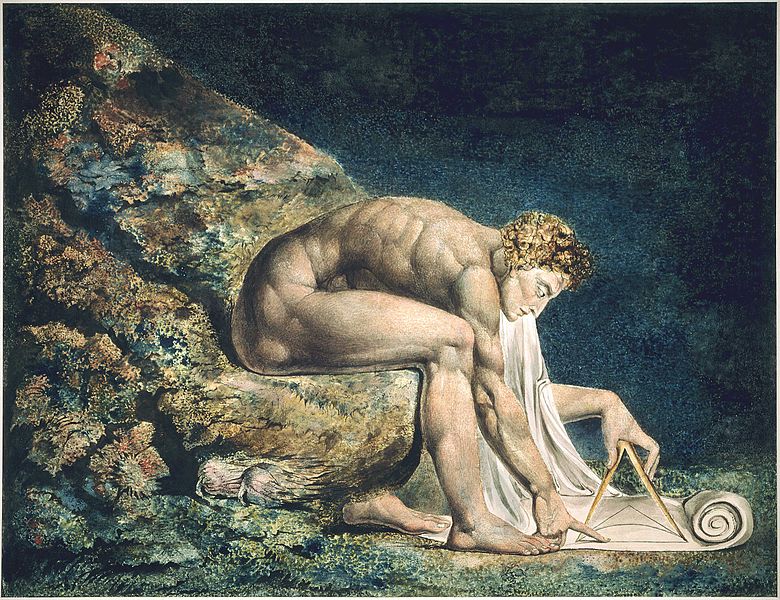Many reputable thinkers have had issues with
quantum mechanics, notably
Einstein, who said "God does not play dice with the universe", referring to the probabilistic outcomes predicted by standard quantum theory. The
EPR Paradox (the 'E' stands for Einstein) and
Bell's Theorem are two well-known examples of the somewhat peculiar predictions of quantum mechanics.
John Bell is
quoted saying about quantum mechanics
I did not dare to think that it was false, but I knew it was rotten!
The Fate of the Quantum by Nobel prize winner
Gerard 't Hooft is a sophisticated critique of quantum mechanics which also touches upon philosophical issues such as Free Will. The standard interpretations of quantum theory often invoke the free will of experimenters to make independent decisions at the last second. 't Hooft complains that alternative interpretations are sometimes dismissed, on grounds more philosophical than scientific:
This explanation is usually also dismissed. It is called a ‘conspiracy theory’, and that is considered to be disgusting. But are ‘disgusting’, or ‘ridiculous’, valid arguments in a mathematical proof? We have reasons to doubt that.
More concretely the paper mentions the concept of
Superdeterminism, which probably eliminates the possibility of free will and also evades the assumptions behind Bell's Theorem.
For what it's worth - probably not that much haha - I'm with 't Hooft on this one. Over the years I've bored my friends and even written an outline of a paper along these lines, but haven't polished my arguments into publishable form, so it's nice to see that someone as distinguished as 't Hooft has basically saved me the trouble. 't Hooft doesn't, at the moment, have a completely fleshed out proposal to compete with quantum mechanics and, alas I don't either. He finds
Quantum cellular automata interesting in this context and so did I at one point, but he also mentions the same problem that caused me to give up on that - issues of compatibility with relativity.



 The Death of General Warren at the Battle of Bunker's Hill, June 17,1775 by
The Death of General Warren at the Battle of Bunker's Hill, June 17,1775 by  PSYCHOL. SCI.
PSYCHOL. SCI.


_-002.jpg)

